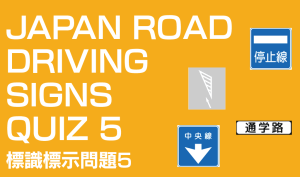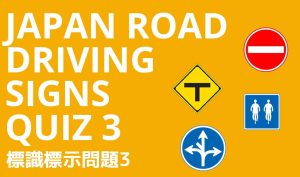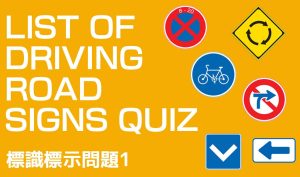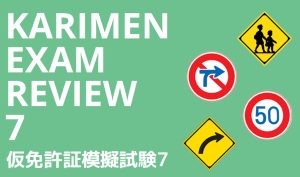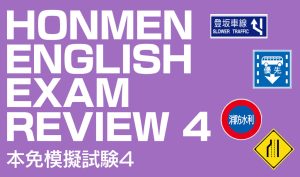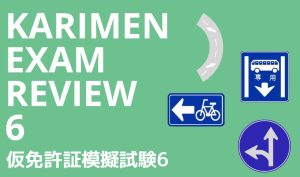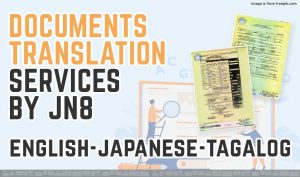How do I read Japanese Payslips? What taxes am I paying for?
In Japan, Taxes are automatically deducted on the payslip (kyuuryoumeisai 給料明細). There is Social Insurance, Pension, Health Insurance, and other taxes that we keep on wondering why or what are we paying for.
It is good to know what you are paying for as an individual here in Japan as there are payments that can be difficult to understand at first. Where do our taxes go and what could be the benefits of the taxes that I am paying. Let us check one by one and see what is in a Japanese payslip.
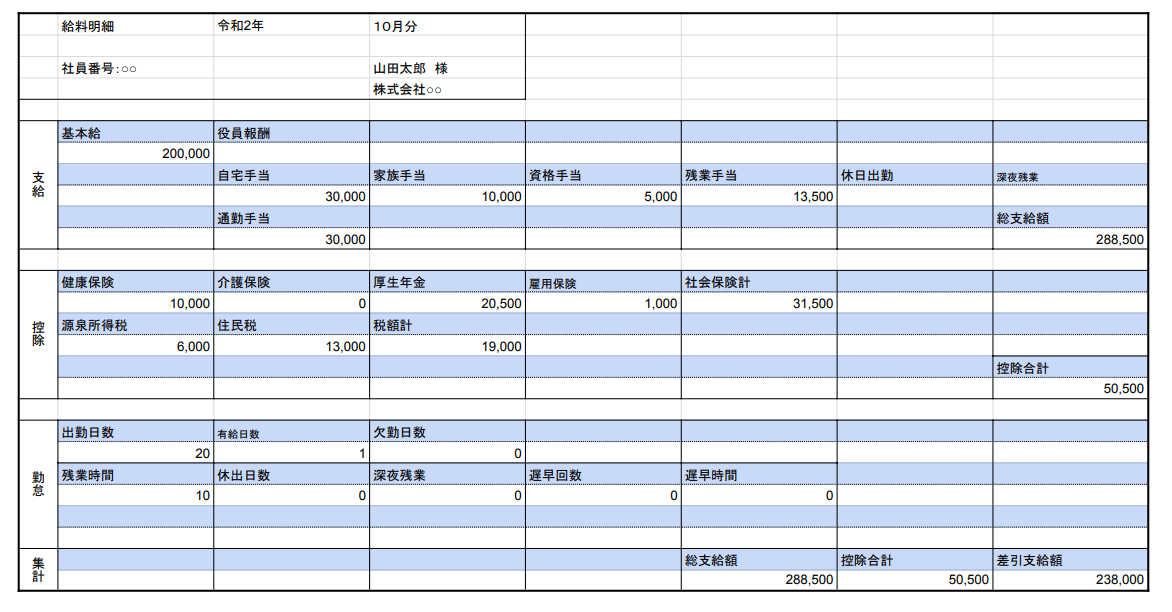
an example of a Japanese Payslip
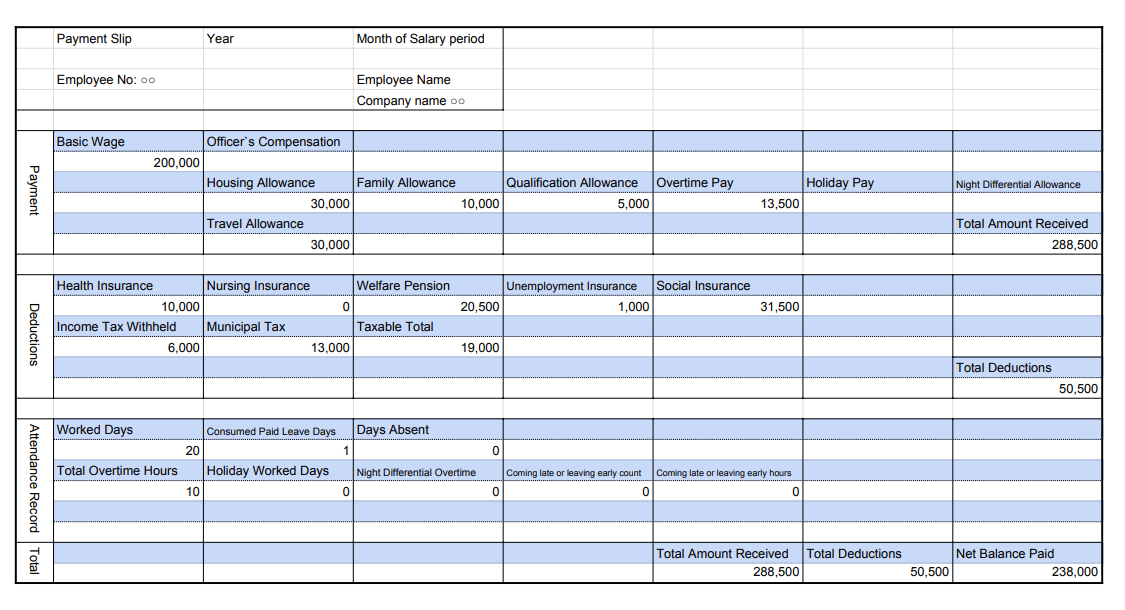
an example of a payslip translated in English.
The Net balance paid is the section that you need to pay attention because it is the total amount of money that you received in that month. Let us go and talk about each section on the payslip.
PAYMENT SECTION
The Payment Section shows the total wage that the employee received in the period of a particular month. Total Amount Received shows the total of all the payments.

Basic Wage (Kihonkyuu)
The basic salary that an individual can receive every month. It does not include other allowances like Housing allowance as it has a separate field.
Officer`s Compensation allowance (Executive allowance) (Yakuinhoushuu)
An allowance that is given to a person who has moved to a higher position. This can differ based on the position that has changed.
Housing Allowance (Jyuutakuteate)
This is given if the company has made a deal to pay the housing allowance of the employee. There are cases that the company pays for the housing rent only. It differs based on the deal.
Travel Allowance (Tsuukinteate)
This allowance is given if the place of work of an individual is far from the workplace. Travel allowances during business trips are also included here. This depends on what has been decided during the interview.
Qualification Allowance (Shikakuteate)
Qualification Allowances are given if the employee possesses the certificates needed for the position. For example, a company will provide an additional 10,000JPY to an employee if he/she possesses a Japanese Language Proficiency Certificate. Preferably the higher the level of proficiency, the higher the additional allowance.
Overtime Pay (Zangyouteate)
This shows the accumulated Overtime Pay that the employee did at work.
Night Differential Allowance (Shinyazangyou)
Night Differential doesn’t differ from other countries. Here in Japan, there is a law that working from 10PM – 5AM, your basic salary will increase by 25%. That would mean, if you have a basic salary of 1000JPY per hour, then it will be 1250JPY starting 10PM.
DEDUCTION SECTION
The Deduction Section shows the tax that an individual paid for the month. This shows the Health Insurance, Pension, etc. separately so you can better understand how much has been deducted.

Health Insurance (Kenkou Hoken)
Health Insurance in Japan is a very important benefit here in Japan as a citizen. By having health insurance, hospital bills and other payments regarding health concerns can be paid by the government. It`s a big help as the hospital bills here are very expensive. Take note that not all payments will be covered by Health Insurance.
Welfare Pension (Kousei Nenkin)
The Japanese pension system is composed of National Insurance (Kokumin Nenkin) and Employee’s Insurance (Kosei Nenkin). Ages 20 up to 60 years old including foreign nationals are required to enroll in the plan.
Unemployment Insurance (Koyou Hoken)
Individuals who have worked in Japan for at least six months and paid unemployment insurance are eligible to apply for the unemployment benefits (Koyou Hoken). It is managed by Hello Work, which supports not only Japanese nationals, but also foreign nationals in their job loss and job hunting.
Social Insurance (Shakai Hoken)
Health Insurance, Pension, Unemployment Insurance combined will be called Social Insurance.
Income Tax Withheld (Gensenshotokuzei)
An accumulated tax of an individual in a year. The rate differs per annual income. So for example, if you enter a company at around half of a year, there may be year-end tax adjustments or final tax returns because the company needs to readjust the tax you are paying.
Municipal Tax (Jyuuminzei)
Also called Residence Tax, tax that is being paid to the Prefecture or the municipal of an individual. This is based on the annual income of the previous year.
There are some additional payments that you might see in your payslip. This includes Service fee, if the company has provided a shuttle service to send and pick you up from work. Some are clothing expenses, etc.
Remember that there are tax exemptions if you declare that you have dependents. Your monthly tax may decrease depending on the declared dependents.
ATTENDANCE RECORD
The Attendance Record section shows how many days have employees attended work. This also whos how many over-time, how many absences they did. It also shows how many times and how many hours the employee left work early, or came late.

Worked Days (Shukkinnissu)
Shows the total number of days worked. 1.0 is equivalent to 1 day of work. So if it is 20.0, then it is for 20 days. 1.5 means a whole day and a half.
Consumed Paid Leaves (Yuukyuunissu)
The total number of consumed paid leaves of an employee. Available paid leaves depends on the company rules.
Days Absent (Kekkinnissu)
The total number of days absent from work.
Coming late or leaving early count / hours
Shows how many times and hours an individual came to work late or left work early.
Always remember that the Net Balance Paid section is the total amount of salary that has been deposited in your bank account.
